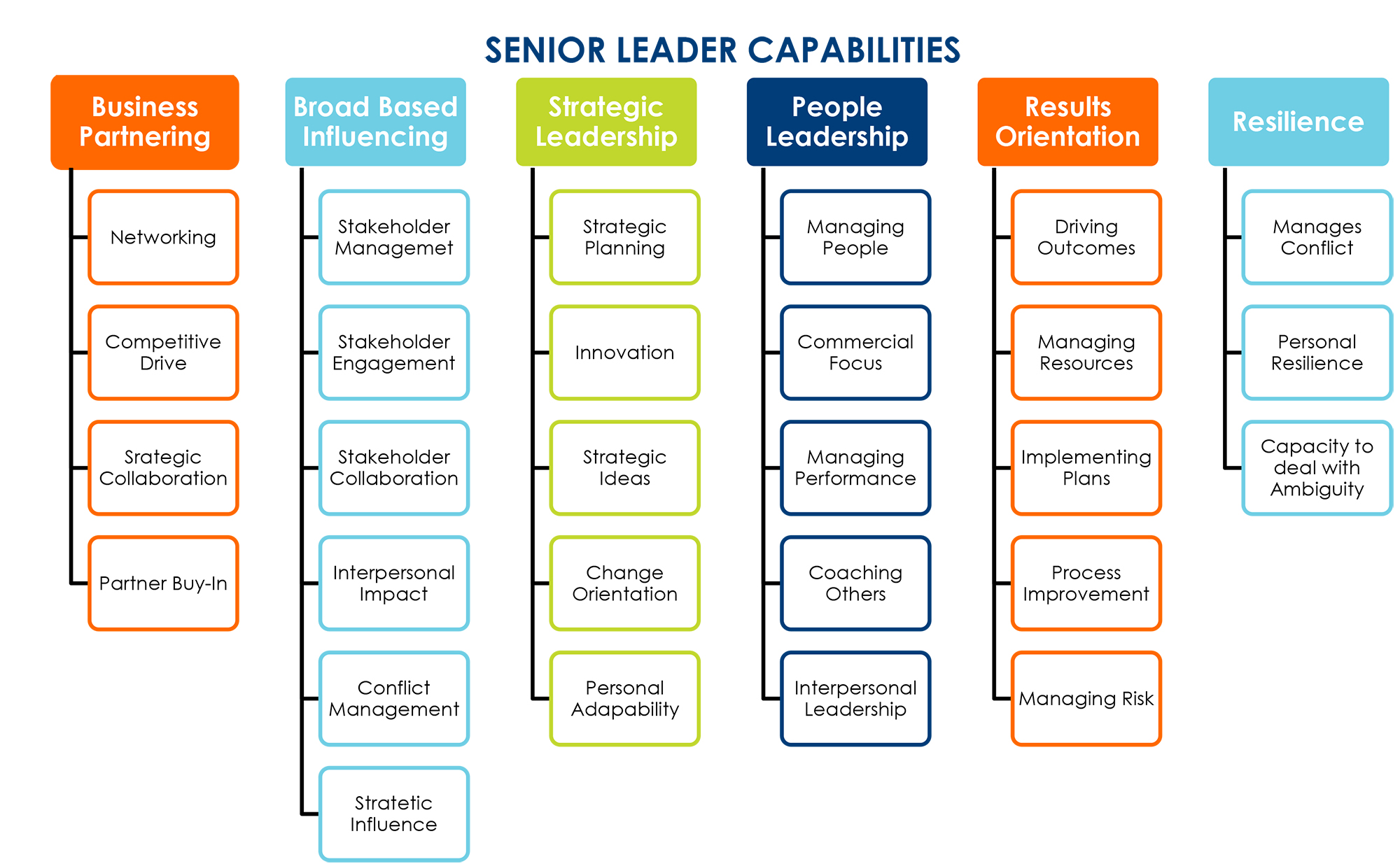IDENTIFY LEADERS
One of the most confusing aspects of leadership is the variety of leadership models and leadership theories.
Even more confusing is how leadership theory has evolved and gone through many phases, including:
“Great Man” theories which essentially look at professional capability among individuals.
Initial models such as Contingency Leadership and Situational Leadership, which look at the situation and matching leaders to those.
- Competency models where the activities of leaders are required, and these will sought to be described and learned.
The question is whether leadership can merely be learned or whether it requires a developmental focus.
Transformational leadership was a further development looking at the capacity of the leader to work effectively with employees to identify as need, change as needed, and create a vision to execute this.
Modern organisations, however, work in very different times.
There have been changes to industrial relations legislation making the management and duty of care for people much more onerous and specific.
There have been exponential improvements and changes in technology and the speed of information.
There has been a new generation of people coming into the workforce with different needs, different expectations, and different ways of getting things done.
And there has been a massive change in the way organisations structure themselves to deal with the need to be first to market, to work collaboratively to achieve this goal, and to have a flexible, adaptable, and motivated workforce to deal with modern demands.
As such, simplistic notions of leaders need to be left behind. Indeed, the most important aspect of leadership is to be able to deal with modern organisations.
Some of these considerations include:
Can the leader deal with a highly competitive work environment and have the drive and energy to grow the business where it is in a competitive situation or build effective business partnerships where internal cooperation and drive are required (e.g. mining)?
Can our leaders create collaboration within an organisation to allow us to compete externally with our real competitors? Can they remove blockages and obstacles to keep business units working together?
Can our leaders create a strategic vision and get buy-in through this vision? Can they think conceptually, and can they deal with chaos?
Can our leaders lead people, including holding people to account and yet inspiring and coaching them to higher performance? In short, can our leaders create equity, capability, and motivation?
Can our leaders achieve results appropriately? What is their style in achieving outcomes, and is it aligned to the organisation’s needs?
- Do our leaders have the resilience and the potential to grow and bring this to the business?

These qualities of a leader are in fact the qualities required to build a high performance organisation.
Contact us to find out more about OPIC’s Executive Capability Framework (ECF Recruitment Report), which seeks to assist organisations in identifying future leaders that can deal with the key elements of creating a high performance organisation.
Every Month we post thought provoking Content with an Opic Flavour. You will receive the latest in Leadership and Organisation Development and how to apply these to your career and your business. You can unsubscribe at any time, we never share your details with anyone.
